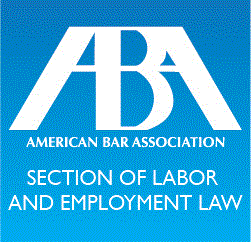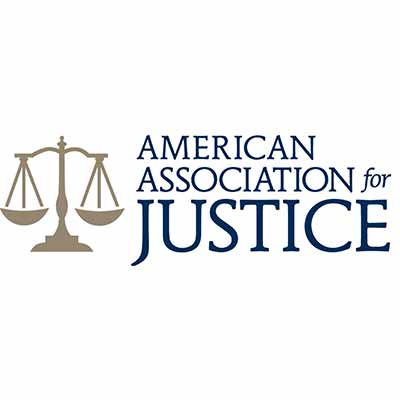Part I: Pension Power: Unlocking Your NHRS Benefits - 5 Crucial Insights for NHRS Group I Members-Public and School Employees
I. GROUP I MEMBERS, TEACHERS, AND EMPLOYEES, ARE ACTUALLY ENTITLED TO FOUR CATEGORIES OF BENEFITS UNDER NHRS
- Retirement Pension Payments
- Disability Pension Payments
- Death Benefits
- Health Insurance Continuation
II. NHRS IS A DEFINED BENEFIT PLAN
As a defined benefit plan, NHRS pays members a monthly benefit for their lifetime. This is different from a Defined Contribution Plan (such as a 403b or 401k), which is limited to the amount the member puts in their account. When a defined contribution account is emptied, the payments end. By comparison, as a Defined Benefit Plan, the NHRS pension provides a set amount of monthly income for the member’s lifetime, (it may be adjusted for cost-of-living increases). The amount of the monthly pension paid is calculated based upon a formula of factors including Creditable Service (years of service in an NHRS job) and the member’s Average Final Compensation (an average of the highest three or five years based on year of vesting).
III. CREDITABLE SERVICE (ALSO REFERRED TO AS “SERVICE CREDIT”) IS A KEY VARIABLE IN DETERMINING A MEMBER’S NEW HAMPSHIRE RETIREMENT SYSTEM (NHRS) PENSION BENEFITS
Members earn creditable service, while they are contributing to NHRS through their NHRS-covered employment, or when they are contributing to NHRS on their earnings from an NHRS employer-funded disability plan.
Members may also be able to purchase or add back service credit lost in certain circumstances such as when an employee loses service credit for time away from work due to military service or workers’ compensation, or if an employee loses credit due to an employer’s enrollment oversight or due to a withdrawal of contributions due to termination of employment followed by a return to NHRS employment.
The rules for these circumstances vary and the members must seek advice as to whether they might be eligible and/or how to take advantage of this right. However, it is an important right to consider as creditable service is a primary factor in the calculation of pension benefits and it’s important to get credit for all years served in the system.
NOTE
Service credits purchases are included in the creditable service component of your pension calculation. However, these purchases are not included in the average final compensation component (AFC) for purposes of the pension calculation.
IV. AVERAGE FINAL COMPENSATION(AFC) IS THE AVERAGE OF THE MEMBER’S HIGHEST PAID YEARS OF MEMBERSHIP SERVICE, DETERMINE BY WHETER THE MEMBER WAS VESTED PRIOR TO JANUARY 1, 2012, OR AFTER
- For members vested prior to January 1, 2012, AFC is based on the highest three years of Earnable Compensation and may be subject to statutory limitations.
- For members not vested prior to January 1, 2012, or for those hired on or after July 1, 2011, AFC is based on the highest five years of earnable compensation and may be subject to statutory limitations.
The Importance of maximizing AFC
Average Final Compensation, like Creditable Service, is another primary factor in determining a member’s lifetime pension benefit amount, therefore it’s important to plan and do all one can to maximize the highest years of earning by taking advantage of any additional payment options and by coordinating those options with the NHRS guidelines regarding AFC calculation.
TIP For Maximizing AFC
For example, most members have their highest earnings in their final year of employment. In a member’s earlier years, there may have been incentive to reduce taxable earnings for various reasons, but in those final years it’s critical to maximize earnings by all available means. Members should look to access retirement incentives, use of accrued but unused pay out benefits, or even consider adding an extracurricular stipend or two to their final compensation.
Start Early, Get Informed, Make a Plan, Take Action
Every dollar earned in final years could mean an increase in the lifetime pension, but to take advantage of the available means to accomplish this, it is necessary to get informed and plan ahead.
V. THE AFC “FINE PRINT”
Earnings limitation
There are limitations to this strategy that should be taken into account. For benefit calculation purposes, a member’s final 12 months of Earnable Compensation is limited. The limit is 150% of the member’s Earnable Compensation for the preceding 12 months or the higher Earnable Compensation for any year used in calculating the member’s AFC, excluding the member’s final 12 months. If the member exceeds the 150% limit and it is determined that the member is not eligible for grandfathered credits for any unused earn time accrued prior to June 30, 1991, NHRS will notify the employee. This means a member can only supplement the last year of earnings up to 150% and still have that money count toward the pension calculation.
Compensation over base pay
Since January 1, 2012, employers have been required to report earnable compensation as either “base pay” or “compensation over base” (COB) for all group members not vested prior to January 1, 2012. COB includes but is not limited to overtime, shift differentials, stipends and longevity pay. For employees NOT vested prior to January 1, 2012, the percentage of COB that can be used in the AFC calculation is modified by a formula.
The 120 Day Law
Members must receive all compensation that is subject to NHRS contributions no later than 120 days after their termination of employment from their NHRS-covered position. Any compensation paid beyond the member’s 120-day period will not be included in their benefit calculation.






